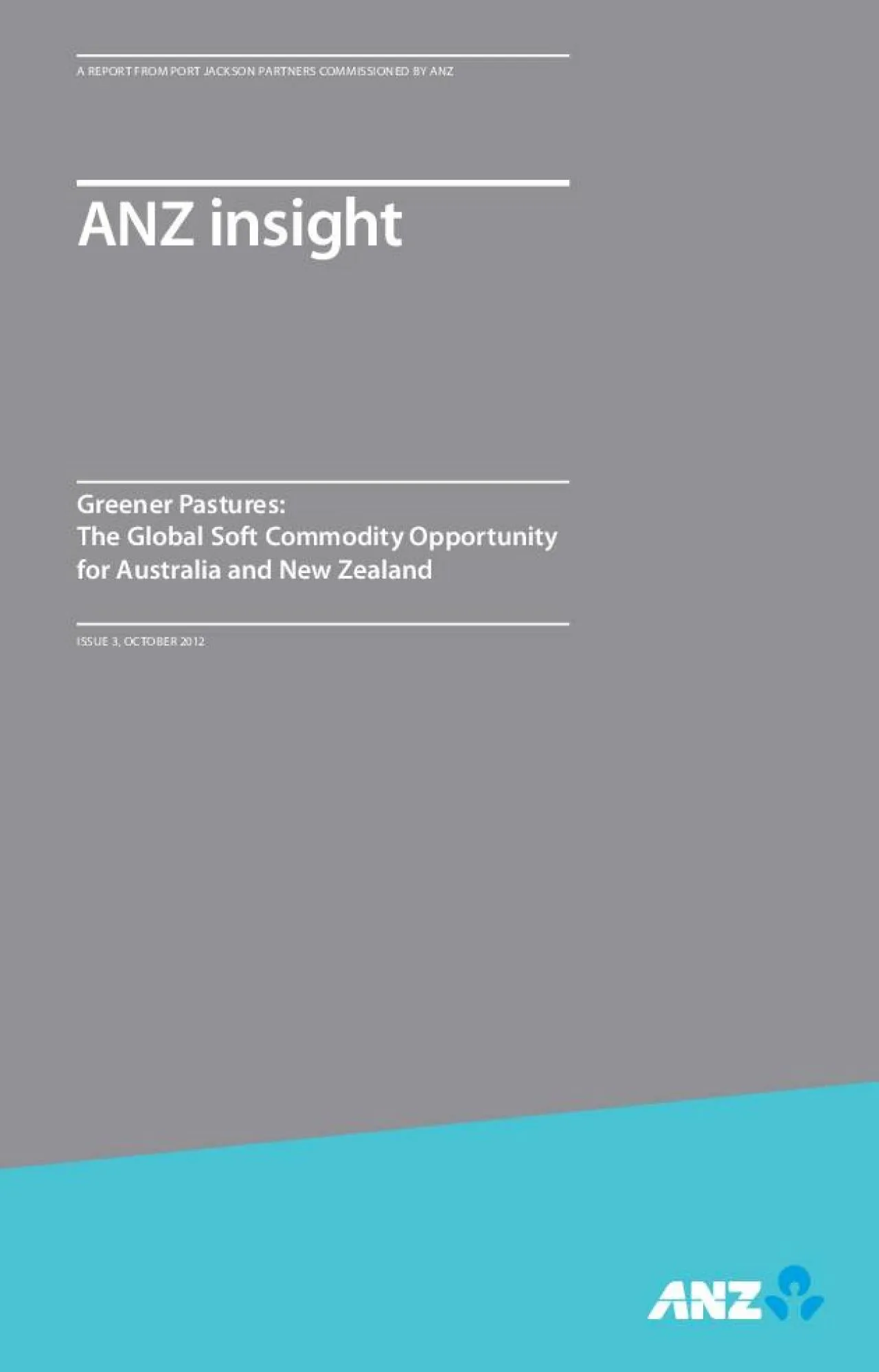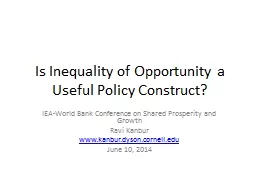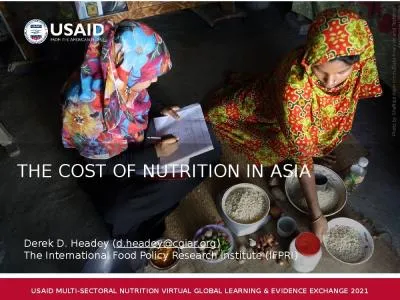PDF-10 EUTIVE SUMMARYBecoming the food bowl of Asia opportunity and challe
Author : hadly | Published Date : 2021-10-10
IIIIICONTENTS1KEY THEMESStrong agricultural demand combined with growing supply constraints are driving an enormous opportunity for agricultural tradeAustralia and
Presentation Embed Code
Download Presentation
Download Presentation The PPT/PDF document "10 EUTIVE SUMMARYBecoming the food bowl ..." is the property of its rightful owner. Permission is granted to download and print the materials on this website for personal, non-commercial use only, and to display it on your personal computer provided you do not modify the materials and that you retain all copyright notices contained in the materials. By downloading content from our website, you accept the terms of this agreement.
10 EUTIVE SUMMARYBecoming the food bowl of Asia opportunity and challe: Transcript
Download Rules Of Document
"10 EUTIVE SUMMARYBecoming the food bowl of Asia opportunity and challe"The content belongs to its owner. You may download and print it for personal use, without modification, and keep all copyright notices. By downloading, you agree to these terms.
Related Documents














